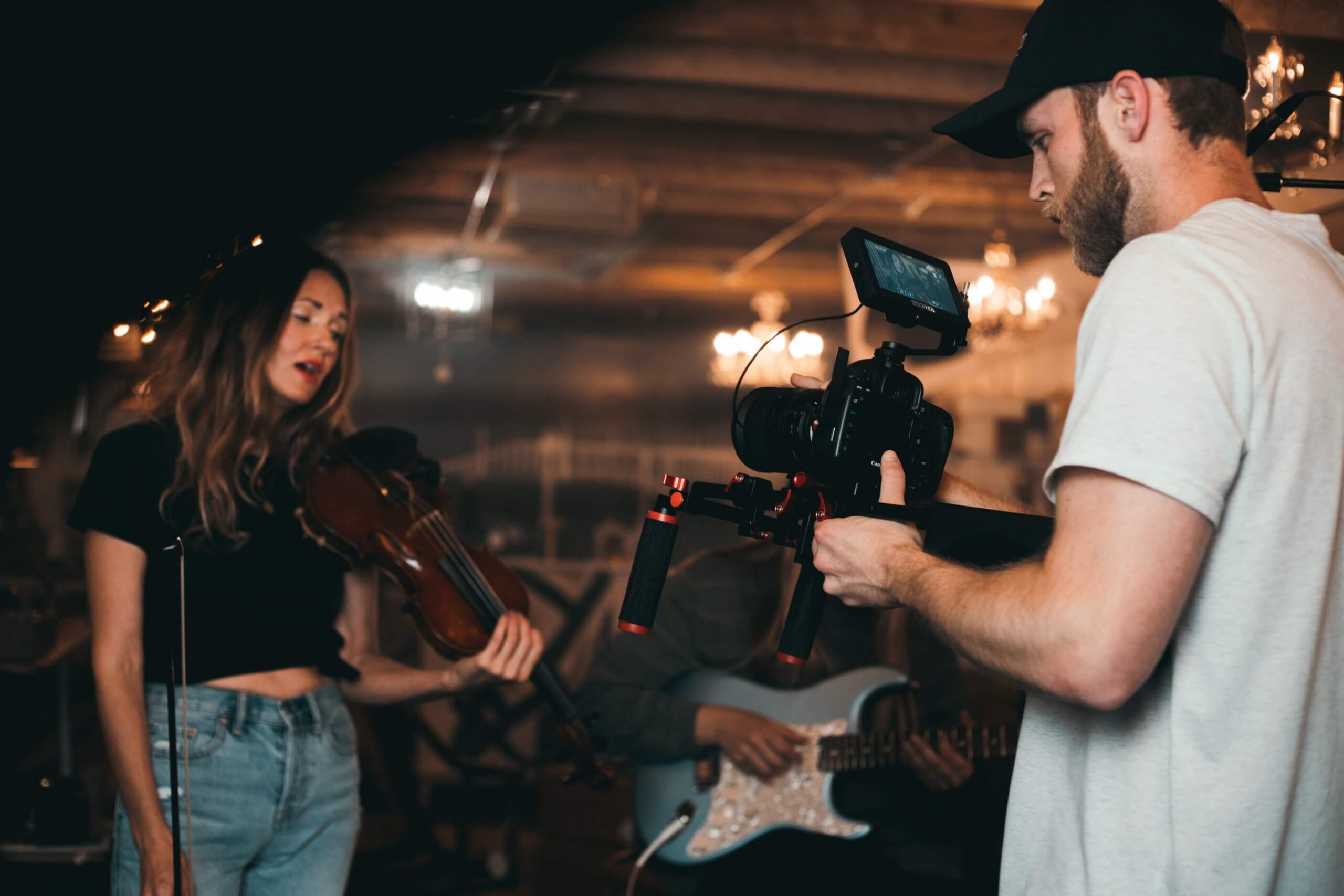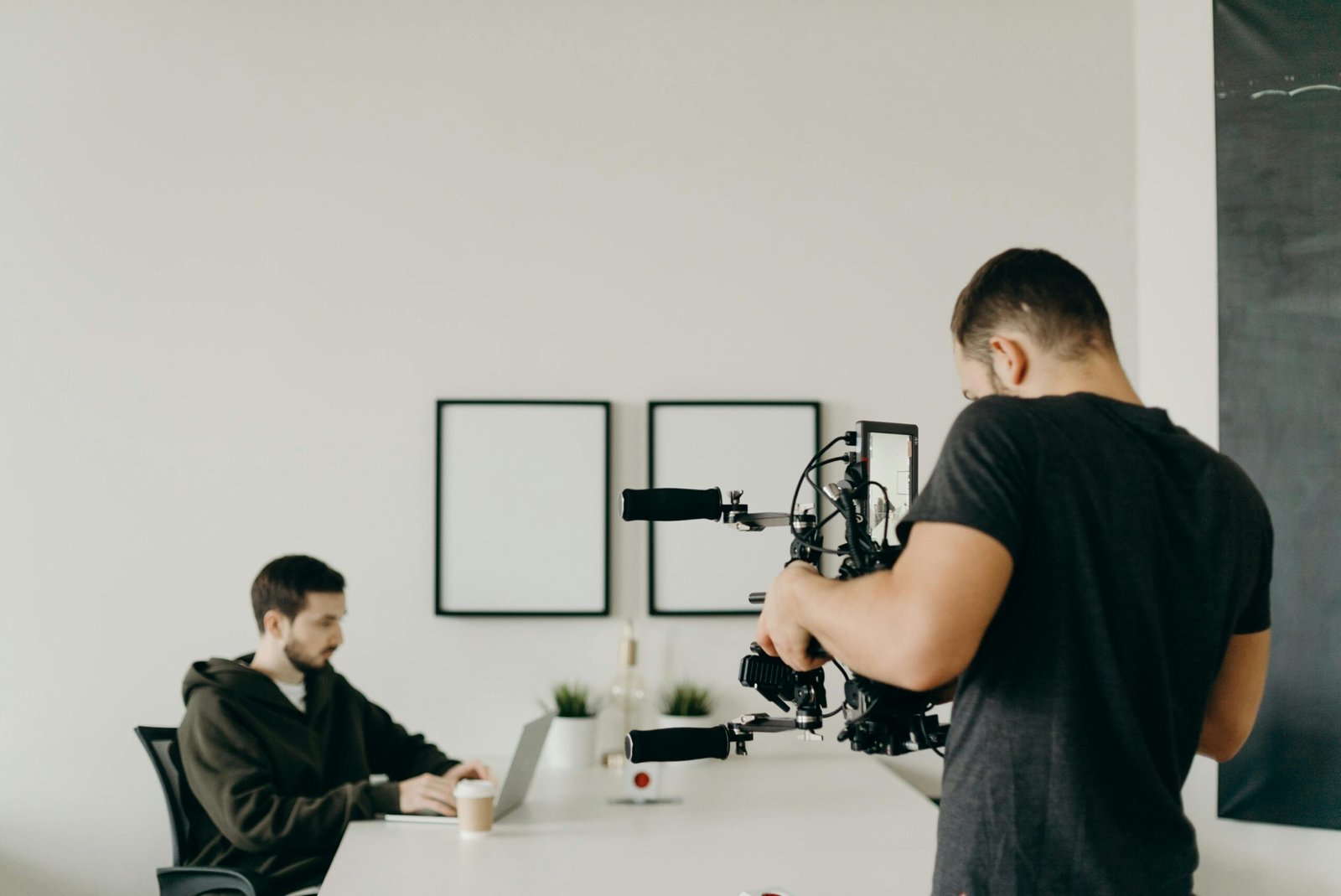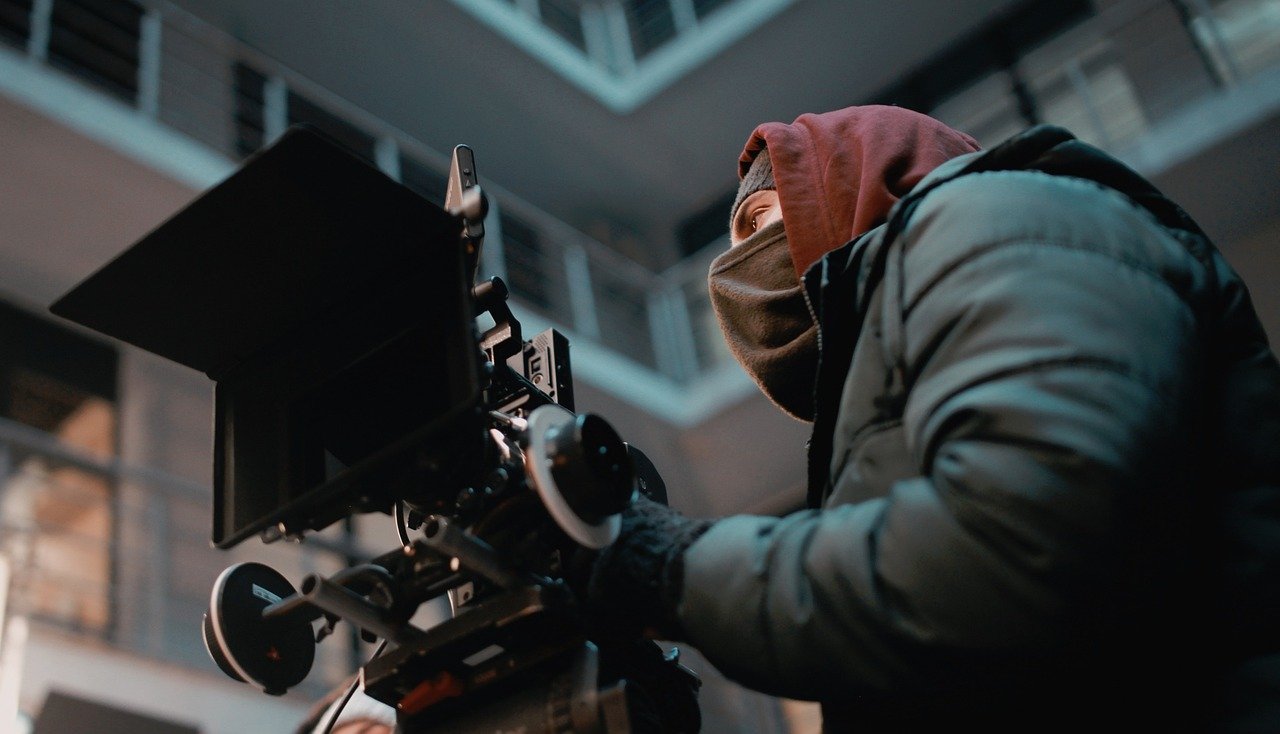Professional Videographer Are you looking to capture special moments, create stunning visual content, or promote…
Cinematic Videographer: Capturing Moments in a Masterpiece
Introduction
Welcome to the world of cinematic videography, where art and technology intertwine to create breathtaking visual experiences. A cinematic videographer is a skilled professional who specializes in capturing and creating compelling videos that evoke emotions, tell stories, and transport viewers to another world. In this article, we will delve into the world of a cinematic videographer, exploring their role, skills, and expertise. So sit back, relax, and let’s embark on a journey through the lens of a cinematic videographer.
Cinematic Videographer
A cinematic videographer is a skilled professional who uses their expertise in videography and storytelling to create visually stunning and emotionally captivating videos. They have a deep understanding of composition, lighting, camera techniques, and post-production processes to transform ordinary footage into cinematic masterpieces. A cinematic videographer is not just a technician operating a camera; they are artists who bring stories to life through their lens.
The Evolution of Videography
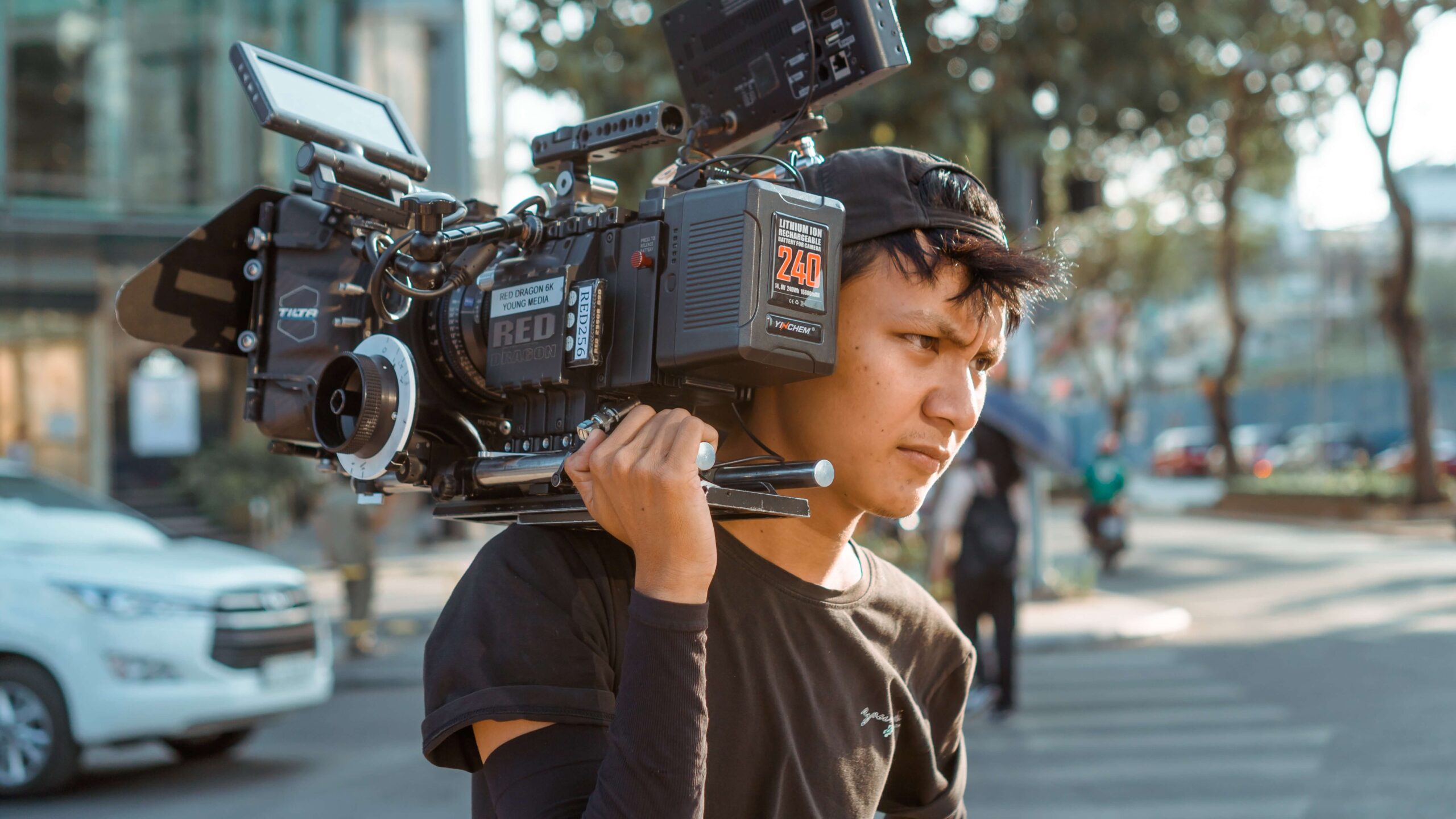
Videography has come a long way since its inception. From bulky analog cameras to compact and high-resolution digital cameras, technological advancements have revolutionized the field. Cinematic videography, in particular, has witnessed significant growth, with filmmakers and videographers pushing the boundaries of creativity and storytelling. Today, cinematic videography encompasses various genres, including weddings, commercials, documentaries, music videos, and short films, among others.
Essential Skills for a Cinematic Videographer
To excel as a cinematic videographer, one must possess a diverse skill set. Here are some essential skills that every cinematic videographer should hone:
- Technical Proficiency: A cinematic videographer should have a thorough understanding of camera operation, exposure, focus, and framing techniques. They should be familiar with different types of cameras and their settings to achieve the desired visual effects.
- Composition: Composition is the foundation of visual storytelling. A cinematic videographer must have a keen eye for framing shots, balancing elements within the frame, and creating aesthetically pleasing compositions that enhance the narrative.
- Lighting Mastery: Lighting plays a crucial role in creating a cinematic look and setting the mood of a scene. A cinematic videographer should be adept at using natural and artificial light sources, manipulating shadows, and creating a well-lit environment that complements the story.
- Creative Vision: A cinematic videographer should possess a unique and creative vision, which allows them to approach each project with a fresh perspective. They should be able to conceptualize and execute innovative ideas that captivate the audience.
- Attention to Detail: Cinematic videography requires meticulous attention to detail. From capturing subtle expressions to highlighting intricate details, a cinematic videographer must have an eye for the minutest elements that add depth and richness to the visuals.
- Collaboration and Communication: Collaboration is essential in cinematic videography, especially when working with a team or clients. A cinematic videographer should be an effective communicator, able to understand and translate the vision of directors, producers, or clients into visual storytelling.
Cinematic Videography Equipment and Tools

To bring their artistic vision to life, a cinematic videographer relies on a range of equipment and tools. Here are some essential items in their arsenal:
- Camera: A high-quality camera is the primary tool of a cinematic videographer. Cameras with large sensors, high dynamic range, and interchangeable lenses offer the flexibility and image quality required for cinematic videography.
- Lenses: Different lenses provide varying focal lengths and perspectives, allowing a cinematic videographer to create diverse visual effects. Wide-angle lenses capture expansive scenes, while telephoto lenses bring distant subjects closer.
- Stabilization Systems: Smooth and steady footage is crucial in cinematic videography. Stabilization systems, such as gimbals and tripods, help eliminate camera shake and provide fluid movements.
- Lighting Equipment: A cinematic videographer utilizes lighting equipment to shape the mood and atmosphere of a scene. This may include studio lights, reflectors, diffusers, and light modifiers.
- Audio Equipment: Sound quality is as important as visuals in cinematic videography. A cinematic videographer invests in high-quality microphones, audio recorders, and accessories to capture clear and immersive audio.
- Editing Software: Post-production is an integral part of cinematic videography. Video editing software, such as Adobe Premiere Pro or Final Cut Pro, allows a cinematic videographer to refine their footage, add effects, and create a seamless visual narrative.
Lighting Techniques for Cinematic Videography

Lighting is one of the key elements that sets cinematic videography apart. Here are some lighting techniques commonly used by cinematic videographers:
- Three-Point Lighting: This classic lighting technique involves using three light sources: the key light, fill light, and backlight. It helps create a balanced and well-defined look, emphasizing the subject while adding depth to the scene.
- Natural Light: Cinematic videographers often leverage the beauty of natural light. They use the sun as a key light source or employ reflectors and diffusers to manipulate natural light for desired effects.
- Low-Key Lighting: Low-key lighting is characterized by strong contrasts and deep shadows. It adds a sense of drama and mystery to a scene, commonly used in film noir or thriller genres.
- High-Key Lighting: High-key lighting is the opposite of low-key lighting, featuring soft and even illumination. It creates a bright and cheerful ambiance, often employed in romantic or comedy genres.
- Practical Lighting: Practical lighting refers to using existing light sources within the scene, such as lamps or candles. It adds authenticity and a sense of realism to the visuals.
- Color Lighting: Colored lighting can evoke specific emotions and enhance the mood of a scene. Cinematic videographers use colored gels or LED lights to add visual interest and create a unique atmosphere.
The Art of Composition in Cinematic Videography

Composition is an art form that guides the viewer’s gaze, conveys emotions, and enhances the narrative. Here are some compositional techniques employed by cinematic videographers:
- Rule of Thirds: The rule of thirds divides the frame into a 3×3 grid. By placing key elements along the gridlines or at their intersections, cinematic videographers create visually balanced and engaging compositions.
- Leading Lines: Leading lines are lines within the frame that draw the viewer’s attention to a specific subject or focal point. Cinematic videographers utilize roads, fences, or architectural lines to guide the audience’s gaze.
- Symmetry and Asymmetry: Symmetry creates a sense of harmony and balance, while asymmetry adds visual interest and tension. Cinematic videographers play with both symmetrical and asymmetrical compositions to convey different moods.
- Depth and Layering: By incorporating foreground, middle ground, and background elements, cinematic videographers add depth and dimension to their shots. This technique creates a sense of space and immersion for the viewer.
- Frames within Frames: Cinematic videographers often frame their subjects within existing structures or objects, such as windows, doorways, or arches. This technique adds visual depth and draws attention to the subject.
- Point of View (POV): Cinematic videographers experiment with various points of view to immerse the audience in the story. This may include subjective POVs, bird’s-eye views, or worm’s-eye views, offering different perspectives and enhancing storytelling.
Storytelling through Cinematic Videography
Storytelling lies at the heart of cinematic videography. A cinematic videographer aims to evoke emotions, engage the audience, and tell a compelling story through their visuals. Here are some elements and techniques that contribute to effective storytelling:
- Narrative Structure: A cinematic videographer understands the importance of a well-defined narrative structure. They establish a clear beginning, middle, and end, ensuring a cohesive and engaging storyline.
- Visual Metaphors: Cinematic videographers employ visual metaphors to convey abstract concepts or emotions. Through symbolism and visual cues, they add layers of meaning and depth to their videos.
- Pacing and Rhythm: The pace of editing and the rhythm of shots greatly influence the storytelling. A cinematic videographer carefully selects the duration and sequence of shots to create tension, build anticipation, or evoke specific emotions.
- Transitions: Smooth transitions between shots or scenes enhance the flow of the narrative. Cinematic videographers utilize various techniques, such as cuts, fades, or dissolves, to seamlessly connect different elements of the story.
- Color Grading: Color grading is the process of enhancing or altering the colors in post-production. Cinematic videographers use color grading to establish a specific mood, create visual consistency, or evoke a certain atmosphere.
- Emotional Connection: Ultimately, a cinematic videographer strives to create an emotional connection between the viewer and the story. Through careful selection of shots, pacing, music, and storytelling techniques, they aim to evoke empathy, excitement, or introspection.
Sound Design and Music in Cinematic Videos

Sound design and music are integral components of cinematic videography. They enhance the visual experience, evoke emotions, and reinforce the narrative. Here’s how sound design and music contribute to cinematic videos:
- Sound Effects: Sound effects add realism and depth to the visuals. Cinematic videographers incorporate carefully selected sound effects, such as footsteps, ambient noise, or environmental sounds, to enhance the immersive experience.
- Ambient Sound: Ambient sound refers to the background noise present in a scene, such as the rustling of leaves or distant traffic. Cinematic videographers capture and utilize ambient sound to create a realistic and atmospheric audio environment.
- Dialogue and Voiceover: Clear and intelligible dialogue is crucial for effective storytelling. Cinematic videographers ensure that dialogue is recorded with high-quality microphones and edit it to remove unwanted noise or improve clarity. Voiceovers are also used to provide additional context or narration.
- Music: Music sets the tone, enhances emotions, and adds rhythm to cinematic videos. Cinematic videographers carefully select or compose original music tracks that align with the narrative, complement the visuals, and evoke the desired emotional response from the audience.
- Audio Mixing: In post-production, cinematic videographers mix various audio elements, including dialogue, sound effects, and music, to achieve a balanced and harmonious audio blend. This ensures that all audio components work together seamlessly and contribute to the overall storytelling.
Post-Production: Editing and Color Grading

Post-production is the final stage in the cinematic videography process. It involves editing the footage, adding visual effects, and color grading to enhance the overall visual experience. Here’s an overview of the post-production process:
- Footage Organization: Cinematic videographers begin by organizing their footage in a structured manner. They label and categorize clips, making it easier to locate specific shots during the editing process.
- Video Editing: Using professional video editing software, such as Adobe Premiere Pro or Final Cut Pro, cinematic videographers assemble the footage into a cohesive narrative. They cut unnecessary scenes, rearrange clips, and create a seamless flow of visuals.
- Transitions and Effects: Cinematic videographers utilize a range of transitions and effects to enhance the visual storytelling. This may include smooth cuts, cross dissolves, or creative transitions that add visual interest.
- Color Grading: Color grading is the process of adjusting and enhancing the colors in the footage to achieve a specific look or mood. Cinematic videographers use color grading tools in editing software to manipulate brightness, contrast, saturation, and color tones.
- Visual Effects: If needed, cinematic videographers may add visual effects to enhance specific scenes or create unique visual elements. This may include compositing, motion graphics, or 3D animation.
- Audio Editing and Mixing: In addition to visual editing, cinematic videographers refine the audio elements in post-production. They clean up dialogue, mix sound effects, and integrate music tracks to create a balanced and immersive audio experience.
Cinematic Videography in Different Genres
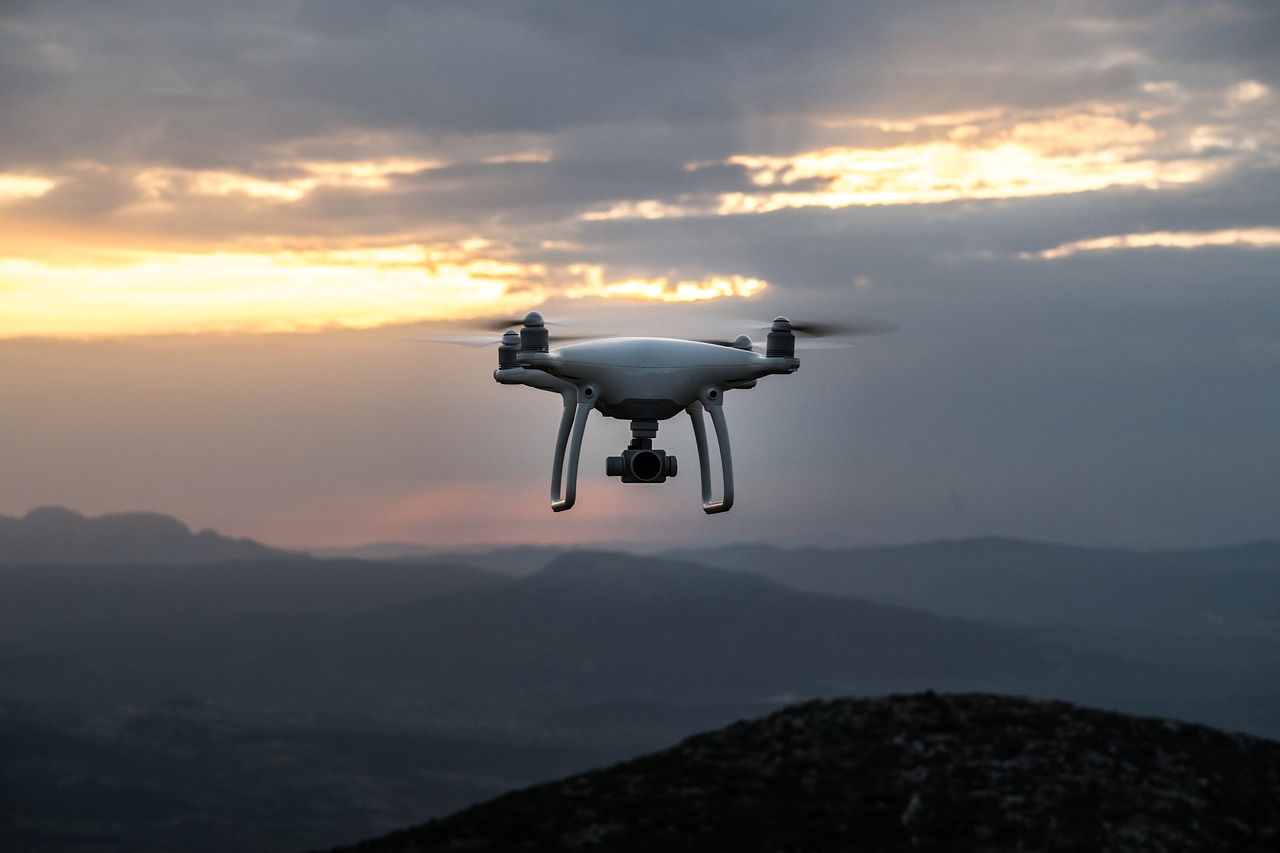
Cinematic videography transcends genres, offering unique storytelling opportunities across various fields. Here are some genres where cinematic videography is widely utilized:
- Weddings: Cinematic wedding videos capture the love, emotions, and memorable moments of a couple’s special day. Cinematic videographers employ storytelling techniques to create visually stunning wedding films that preserve the essence of the celebration.
- Commercials: Cinematic commercials utilize storytelling techniques to promote products or services effectively. By creating visually captivating narratives, cinematic videographers engage viewers and leave a lasting impression.
- Documentaries: Documentaries benefit greatly from cinematic videography, as it adds depth and visual appeal to real-life stories. Cinematic videographers capture compelling footage, use storytelling techniques, and incorporate powerful visuals to immerse viewers in the documentary’s subject matter.
- Music Videos: Music videos are an art form that combines visuals and music to tell a story or evoke emotions. Cinematic videographers collaborate with musicians and directors to create visually stunning music videos that enhance the impact of the music.
- Short Films: Short films allow cinematic videographers to showcase their storytelling skills in a condensed format. Through careful shot selection, editing, and visual techniques, they bring narratives to life in a compelling and visually engaging way.
- Promotional Videos: Whether promoting a brand, event, or cause, promotional videos can benefit from cinematic videography. By utilizing storytelling and visual techniques, cinematic videographers create promotional content that grabs attention and leaves a lasting impression.
FAQs about Cinematic Videography
- What is the role of a cinematic videographer? A cinematic videographer is responsible for capturing visually stunning and emotionally engaging footage. They use storytelling techniques, lighting, composition, and editing to create cinematic visuals that enhance the narrative.
- What equipment does a cinematic videographer need? A cinematic videographer requires a high-quality camera, lenses, stabilization systems, lighting equipment, audio equipment, and video editing software. These tools allow them to capture and enhance the cinematic look and feel of their videos.
- How does cinematic videography differ from traditional videography? Cinematic videography focuses on creating visually striking and narrative-driven videos. It utilizes techniques borrowed from filmmaking, such as storytelling, composition, lighting, and color grading, to create a cinematic experience. Traditional videography often prioritizes documenting events or capturing raw footage.
- What are some examples of cinematic videography techniques? Examples of cinematic videography techniques include the use of the rule of thirds, leading lines, symmetry and asymmetry, depth and layering, frames within frames, and different points of view. These techniques contribute to creating visually compelling and engaging videos.
- How important is sound design in cinematic videography? Sound design is crucial in cinematic videography as it enhances the overall viewing experience. Sound effects, ambient sound, dialogue, voiceovers, and music work together to immerse viewers in the narrative, evoke emotions, and create a more immersive and cinematic atmosphere.
- What role does color grading play in cinematic videography? Color grading is a post-production process that adjusts and enhances the colors in footage. It plays a significant role in cinematic videography as it sets the mood, creates visual consistency, and adds depth to the visuals. Color grading can evoke specific emotions, enhance the narrative, and contribute to the overall cinematic look and feel of the video.
Conclusion
Cinematic videography is an art form that combines storytelling, visual techniques, and technical expertise to create visually stunning and emotionally engaging videos. A cinematic videographer brings together their creative vision, technical skills, and equipment to craft narratives that captivate and resonate with the audience. From lighting techniques to composition, sound design, and post-production, every aspect of cinematic videography contributes to the creation of immersive and impactful videos.
So, whether you’re capturing a wedding, creating a commercial, or telling a story through a short film, cinematic videography allows you to elevate your visuals, engage your audience, and create a lasting impression. With its emphasis on creativity, storytelling, and attention to detail, cinematic videography continues to push the boundaries of visual storytelling and captivate viewers around the world.

